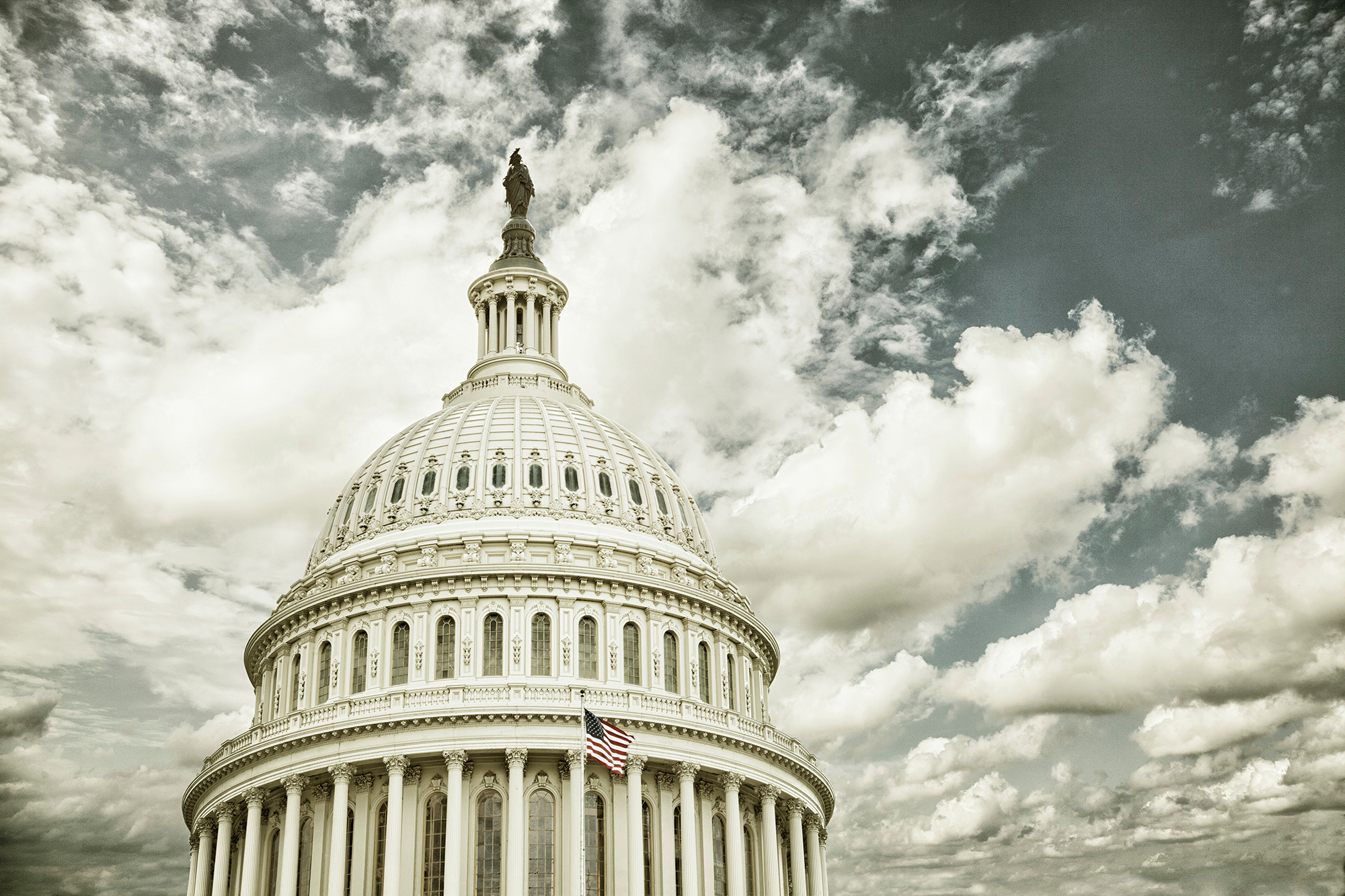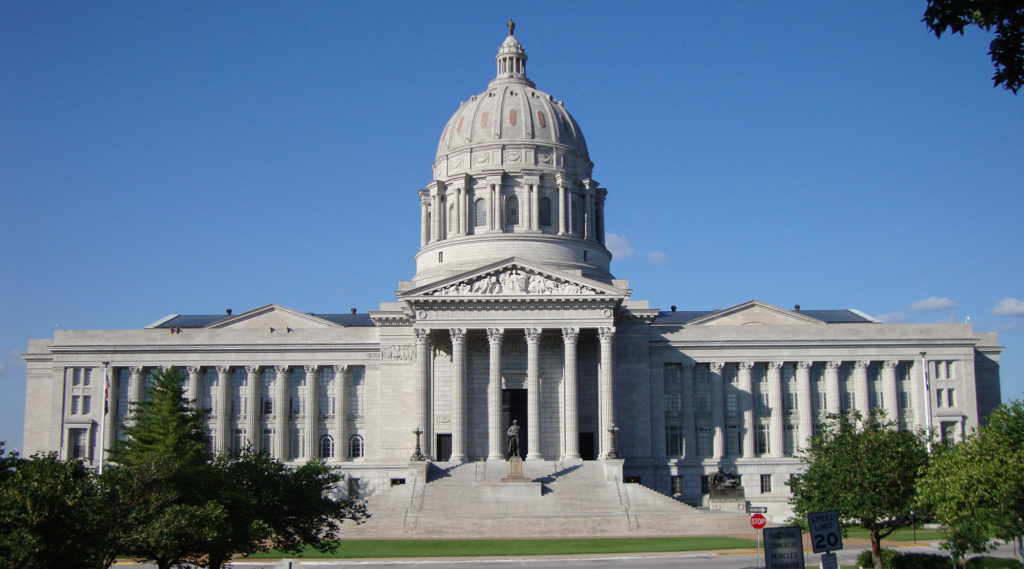Staff Contact: Brian Kinkade
The MO HealthNet Oversight Committee met on Thursday and heard reports from Director Todd Richardson on the progress of the administration’s Medicaid expansion implementation. The most significant news was that the state has decided that expansion participants will receive the standard Medicaid package instead of a more limited alternative that would be allowed under the Affordable Care Act. Richardson told the committee that the financing plan for the expanded program will be included in the budget recommendations Gov. Parson submits to the General Assembly in January.










